Israel 2008
This was a 16 day trip to the Holy Land led by our dear friend Rev John Howanstine through Twins Tours. Nothing makes the Bible come alive like visiting the actual sites where everything happened.

Israel 2008 Trip Locations
We were on this trip in late June and early July, and we started in the desert, experiencing temperatures as high as 110 degrees Fahrenheit. It was more pleasant in Jerusalem and the Galilee.
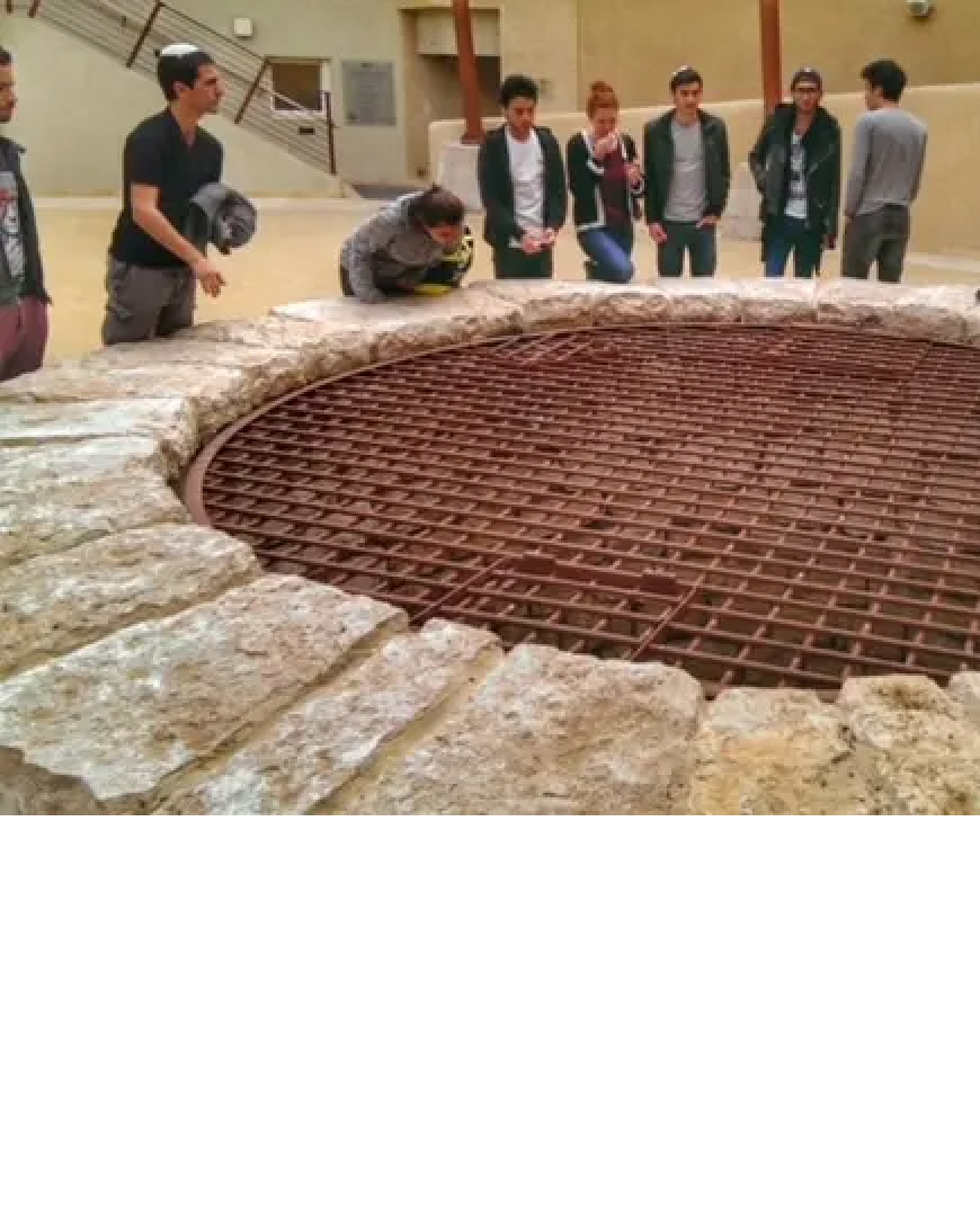
Beer Sheva - Abraham's Well
Abraham’s well has seen four thousand years of history. This is where I realized that all of Bible History is true and still speaks today. Here I realized that Abraham is still alive for as Jesus said, “God is God of the living, not the dead” Mark 12:27
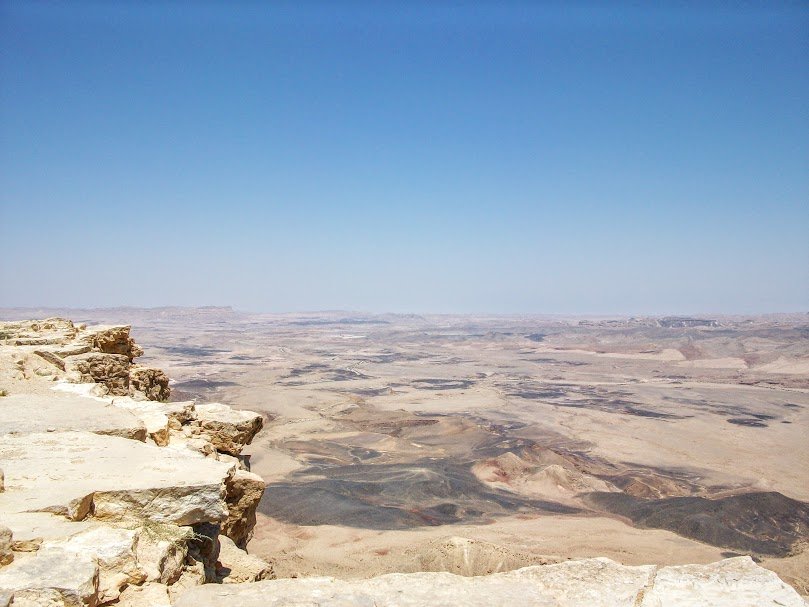
Negev Desert - Makhtesh Ramon
This is a huge canyon in the desert of far southern Israel. It was caused by several forces - the erosion by water of softer rock, the sinking of the land as part of the Great Rift, and volcanic activity leaving behind basaltic rock. It reminds you of the entire history of the earth including the creation and the flood.
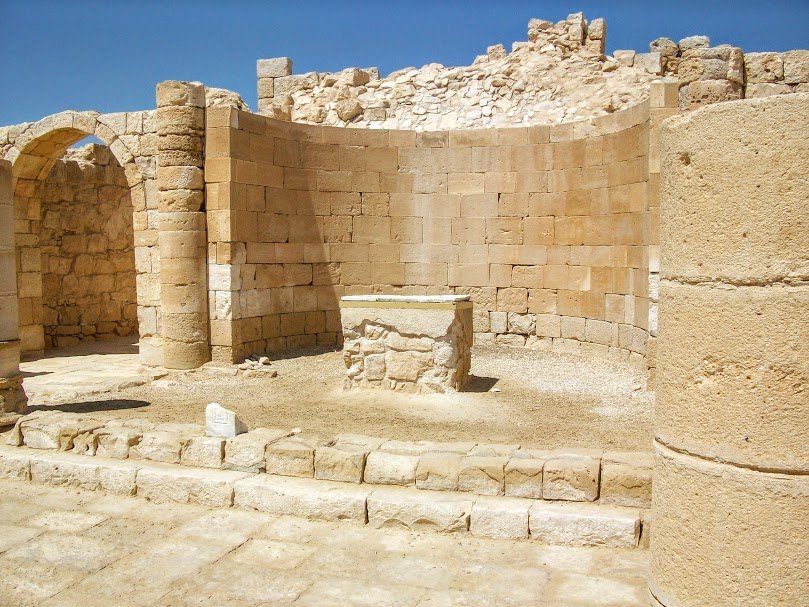
Avdat - Nabatean Church with Christian Altar
Among the dwellers of the southern desert were the Nabateans. Some of the wise men probably were Nabateans, and the Nabateans were likely among the first to hear the Gospel. A number of sites show Christian altars among the Nabateans.
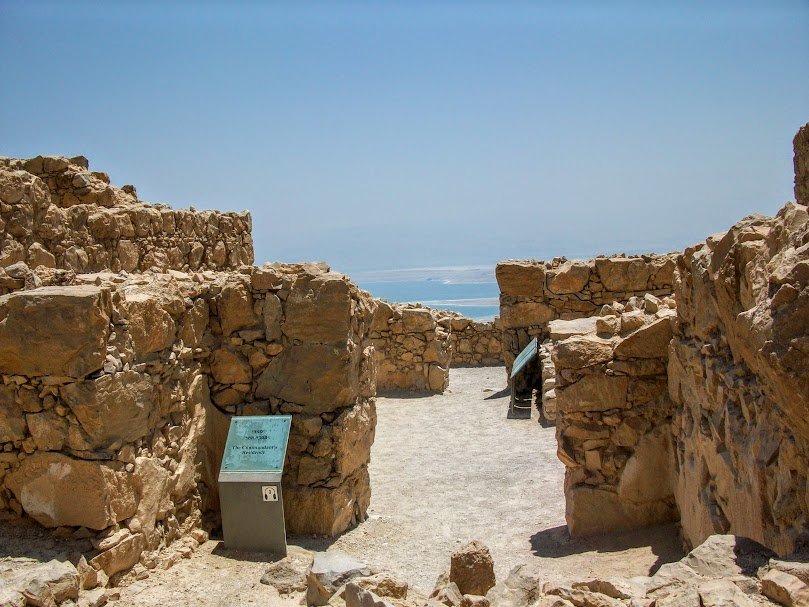
Masada Fortress - Commandant's Headquarters
Masada is a spectacular cliffside fortress overlooking the Dead Sea. Jewish rebels took over the fortress around 66 AD and then the Roman siege in 73 AD overwhelmed the occupiers. They died in a legendary suicide pact though many scholars believe that was fictional. This was the end of the First Jewish-Roman War.

Ein Gedi - Cave - Where David Hid From Saul
Though Ein Gedi was occupied long before and also after King David’s time (1000 BC), David and his men hid here from King Saul. 1 Samuel 24 tells the story of how David snuck up on Saul when he went to relieve himself in the cave at Ein Gedi, cut off the corner of his robe, and spared Saul’s life.
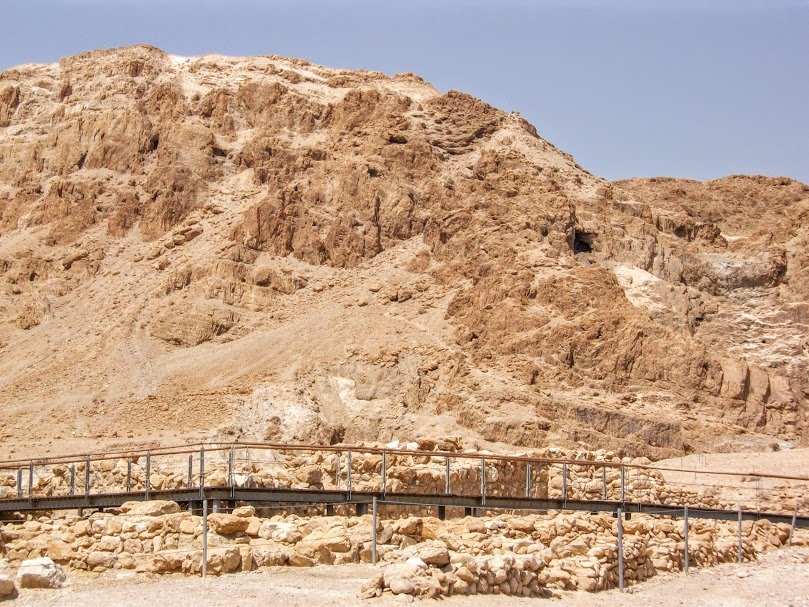
Qumran Cave - Location of Dead Sea Scrolls
The Dead Sea Scrolls were discovered between 1946 and 1956 in 12 caves near the Dead Sea at Qumran. Almost a thousand fragments of manuscripts have been found that date from 200 BC to 100 AD and include both Old Testament books and other writings not canonized as scripture. Most of the fragments are kept at the Shrine of the Book in the Israel Museum in Jerusalem and others are owned by the state of Jordan. These writings are so significant because the Biblical fragments and scrolls are a thousand years older than previously discovered manuscripts.

Old Gesher - Bridge Over Jordan
This town is significant because it was a hiding place for Jews during the War of Independence (1948) but it is right at the Jordan River, the boundary of Israel and Jordan. The several bridges over the Jordan at this site include an ancient Roman bridge.
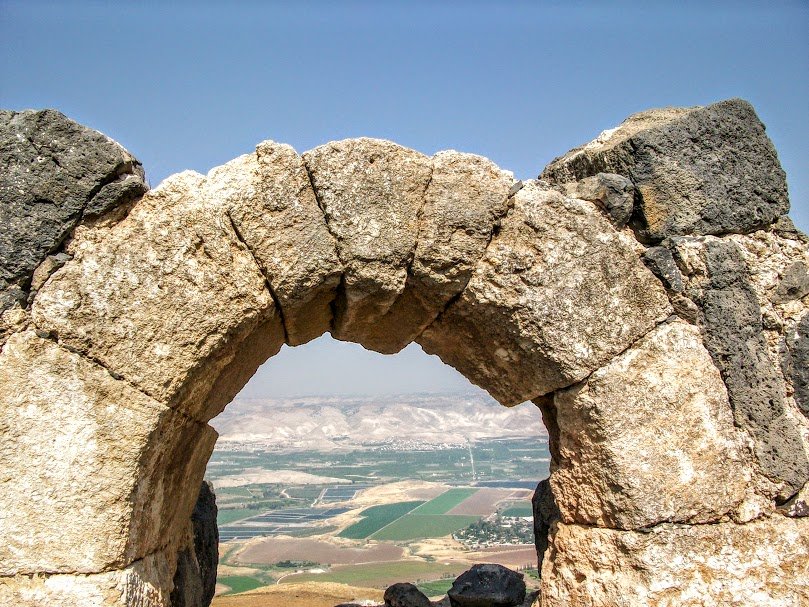
Belvoir Fortress - Crusader Castle
This castle is from the Crusade era and was completed around 1200 AD. It was also called the Jordan Star as it overlooks the Jordan River from its spot 1600 feet above sea level.
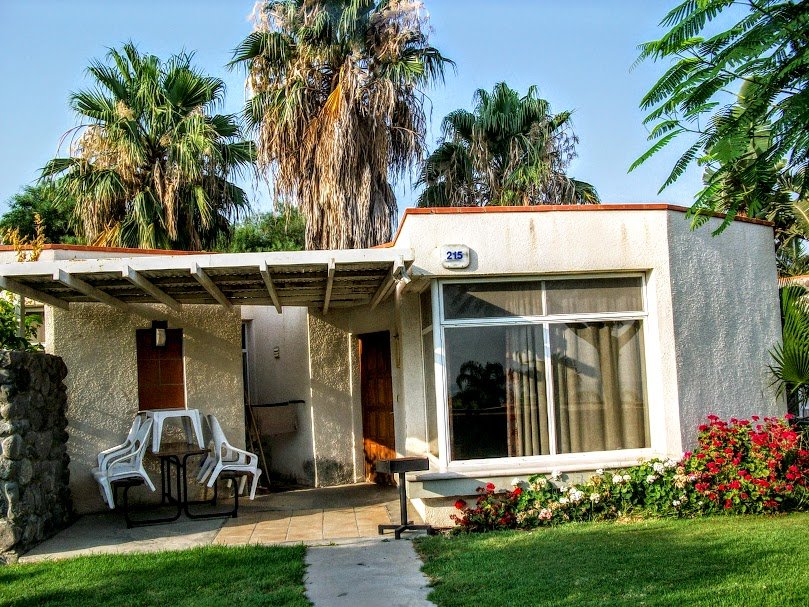
Maagan Eden Holiday Village Kibbutz Hotel - Lake Galilee
This hotel is operated by a kibbutz which was founded just after the war of independence. It has a beautiful property of small villas on the southeastern shore of the Sea of Galilee
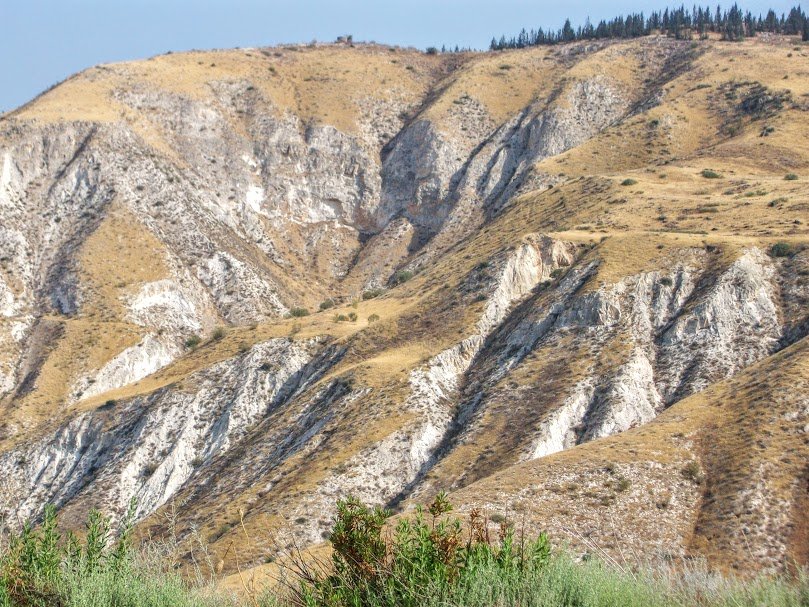
Golan Heights - Northwest of Sea of Galilee
The Sea of Galilee is like a bowl surrounded by high hills. The Golan Heights is a disputed area occupied by Israel on the border with Syria. Israel took possession of it in the 6-Day War of 1967. When this area was still part of Syria, it commanded the surrounding area because of its heights, which is also why Israel had considered it necessary to retain for security reasons.
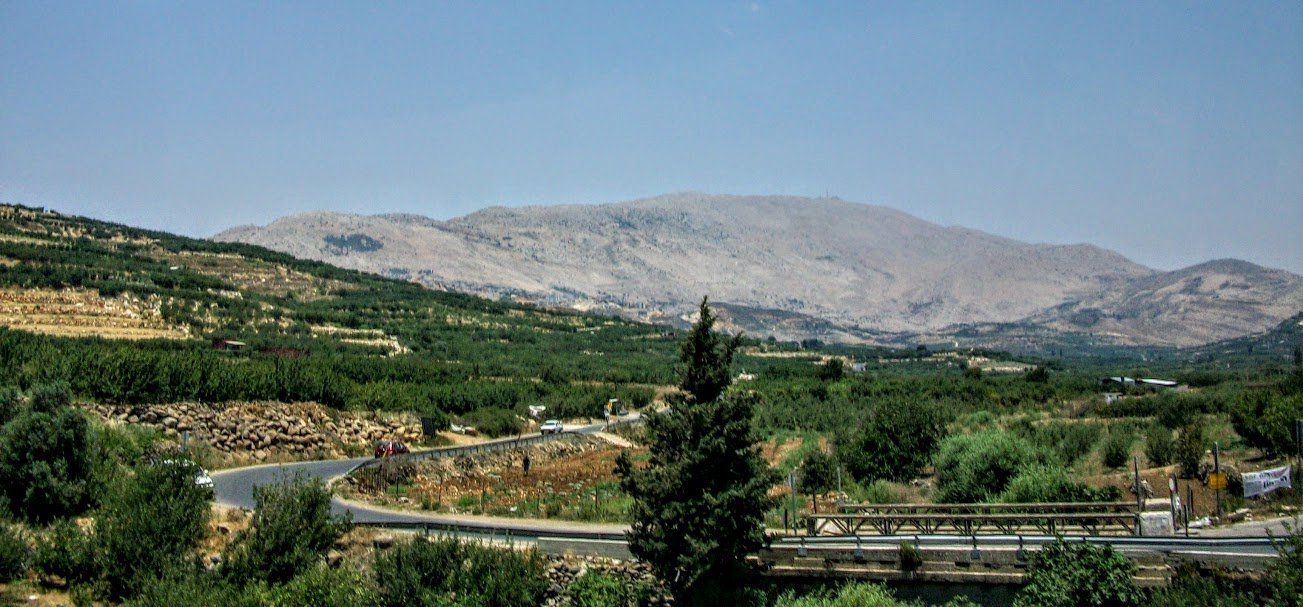
Mt Hermon - Highest and Farthest North Point in Israel
Mt Hermon, at just over 9,000 feet, straddles the Syria-Lebanon border, and a portion of the mountain cluster falls with Israel, within the Hermon Nature Preserve, which is the source of the Jordan River and the far northeastern corner of Israel and part of the Golan Heights.
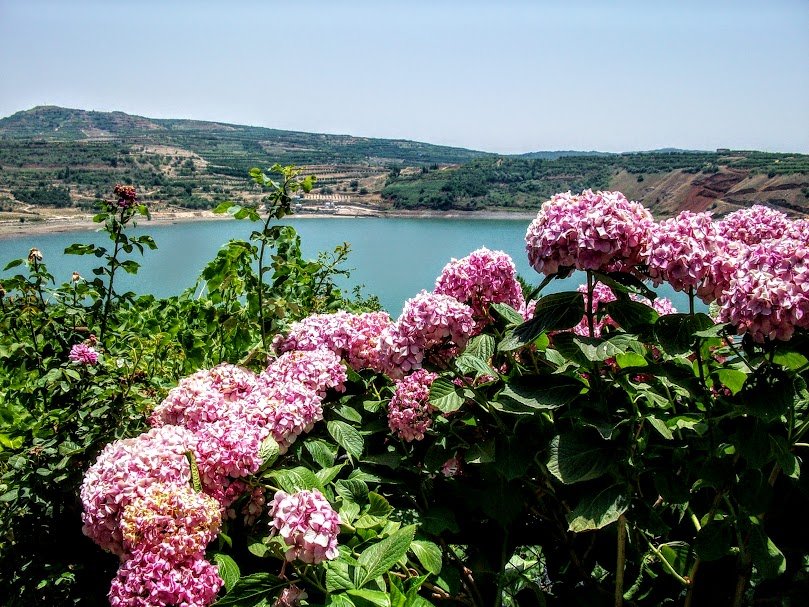
Druze Village - Volcanic Lake
The Druze are an Arab minority population ruled under a variation of Islam. There are many such towns in the region where Lebanon, Syria, and Israel come together. The towns of Masadeh and Majdal Sharms are in the shadow of Mount Hermon and on the shores of Lake Ram, a volcanic lake. These towns cater to the tourists that come to this scenic area of Israel.
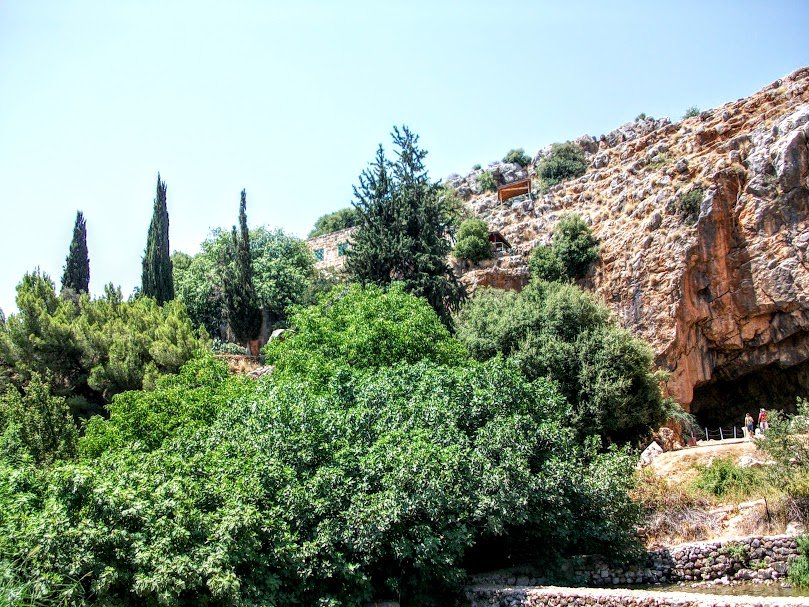
Banias/Dan - Shrine to Pan
This area contains the Roman town of Banias, which was also the Hebrew town of Dan, and which includes a shrine to the god Pan in a cave located on a stream that feeds the Jordan River. It was near this location that the town of Caesarea Philippi was built and that Peter made the confession that Jesus was the Messiah and Son of God in Matthew 16:16.
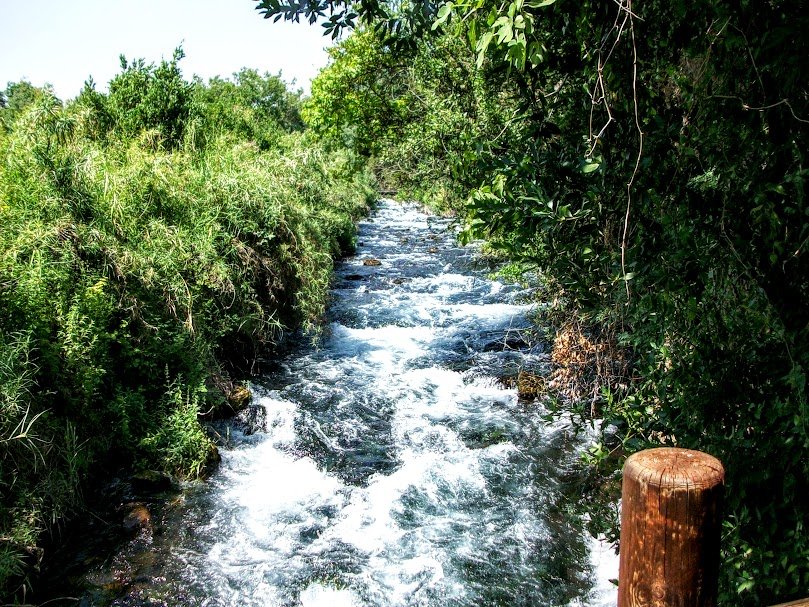
Headwaters of Jordan River/Hermon Stream Nature Reserve
The nature reserve contains streams, springs, and waterfalls and also the Temple of Pan.
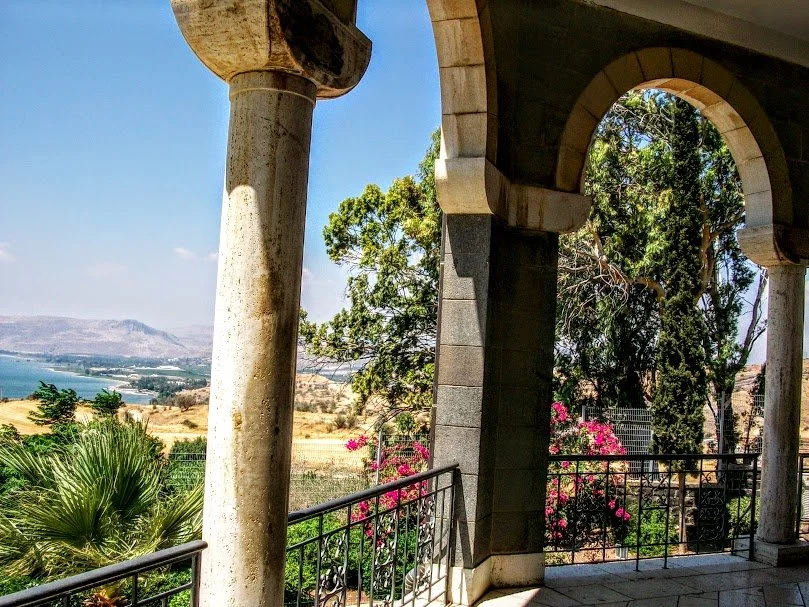
Church of Beatitudes - Overlooking Sea of Galilee
This church was built to commemorate the hill where Jesus delivered the Beatitudes and Sermon on the Mount. It overlooks the northwestern corner of the Sea of Galilee. Since the lake is below sea level, the “mount” is just under sea level though two hundred meters above the lake.
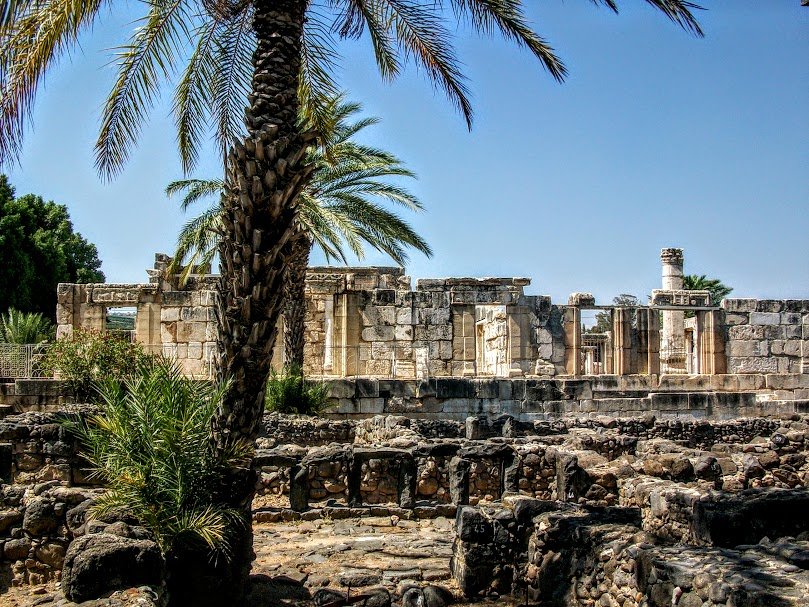
Capernaum - Jesus' Homebase in Galilee
The ancient town of Capernaum has been excavated and includes both the house where the apostle Peter was believed to live and the synagogue attended by Jesus and his disciples. This site is open to the public and is also near the Mount of Beatitudes and Tabgha, the location of the feeding of the five thousand.
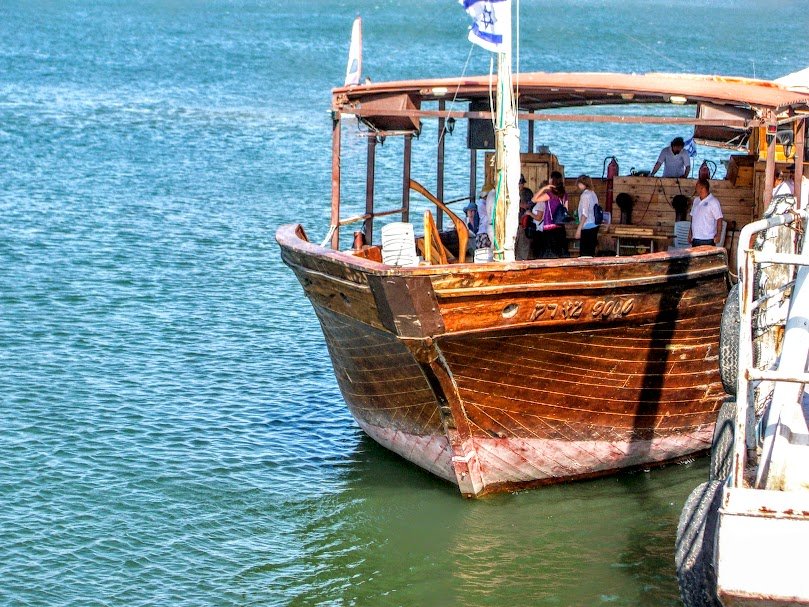
Tiberias - Galilean Fishing Boat
Tiberias, on the western shore of the Sea of Galilee, is where tourists can book excursions on the lake. In nearby Kibbutz Ginosaur, it is possible to see the remains of a first century Galilean fishing boat.
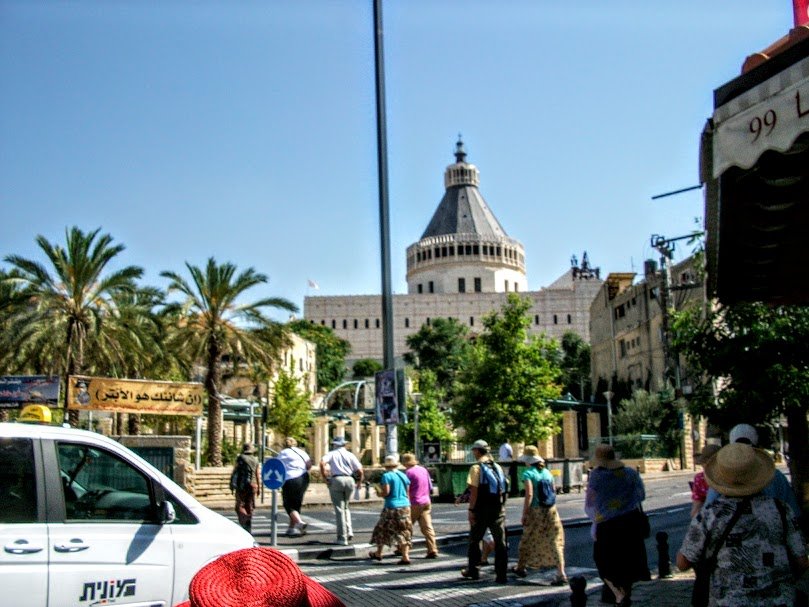
Nazareth - Church of the Annunciation
Nazareth is the hometown of Jesus and his parents Mary and Joseph. It was here that the Angel Gabriel announced to Mary that she would become pregnant and give birth to God’s son and give him the name Jesus. The Church of the Annunciation commemorates this event and houses the very location where the event was believed to take place.
Modern Nazareth is the largest Arab city in Israel (over 200,000 in its metro area). It is majority Muslim but also has the largest Arab Christian population in the nation.
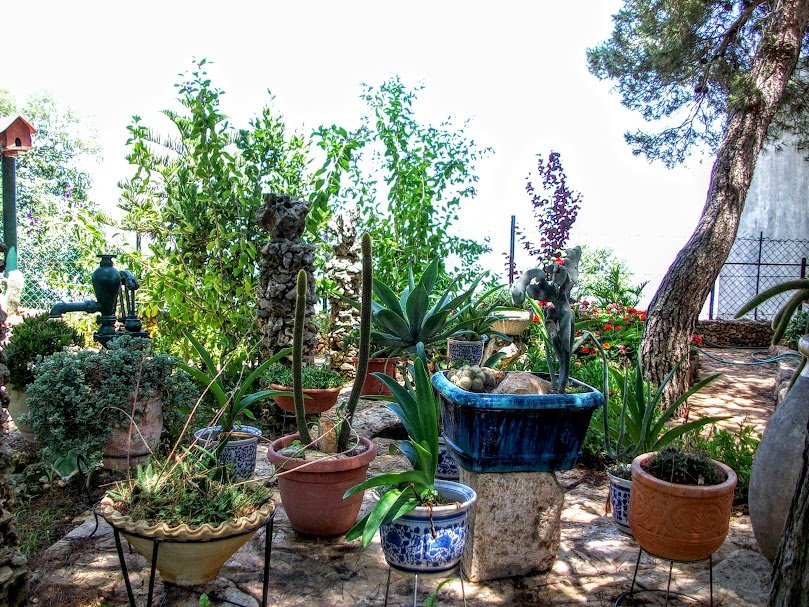
Mt Carmel - Carmelite Monastery Herb Garden
Mt Carmel is most well known as being the location where Elijah challenged the prophets of Baal and where God himself burned the sacrifice which proved he was God. The Carmelite order built a monastery here. This is where God spoke to me he would give me an assignment for a later prayer assignment.
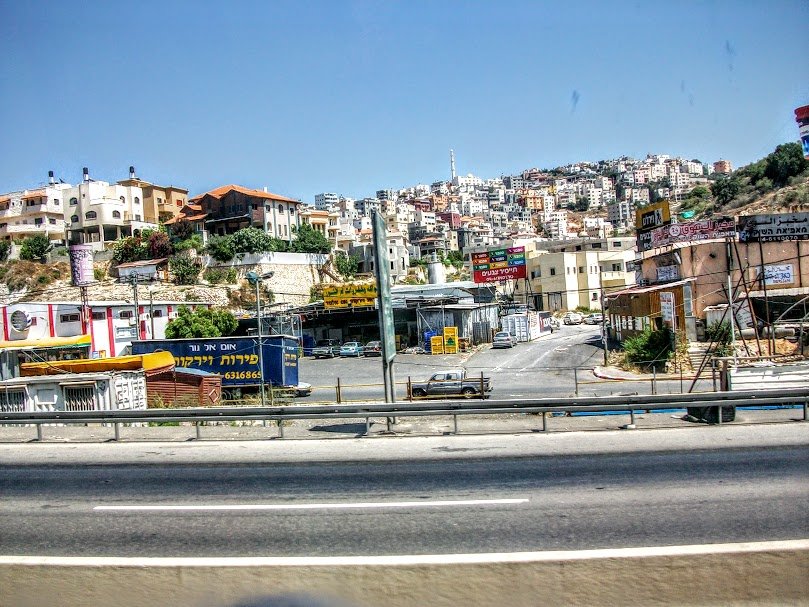
Caesarea On the Sea
Caesarea was named after the Roman Ruler in this town on the Mediterranean Sea. This is where Rome ruled Israel during the time of Jesus.
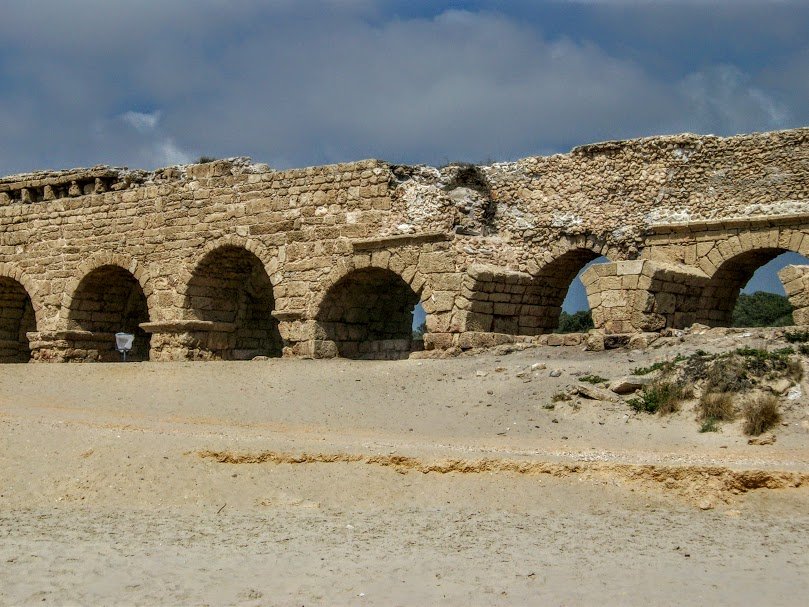
Caesarea - Roman Aqueduct
The Roman aqueducts brought water to the city from sources north of the city. The first one was built by Herod the Great and the later one by the Emperor Hadrian. The aqueducts supplied water for over 1200 years.
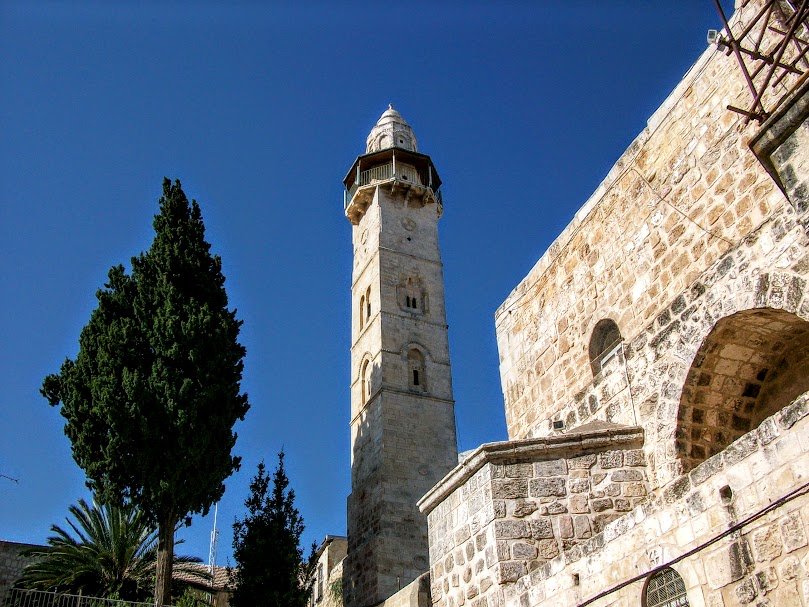
Jerusalem Old City - Tower of David
The Tower of David, also known as the Citadel, had been one of the most recognizable features of the Old City of Jerusalem for almost 2500 years. However, there have been many versions of the tower, depending on who was ruling Jerusalem. The tower has been destroyed an different versions rebuilt for all of these years. It was named after David since his palace was reputed to lay here. The tower is just inside the Jaffa Gate of the Old City. The Tower of David Museum is located here and it is the introduction to the city for many.
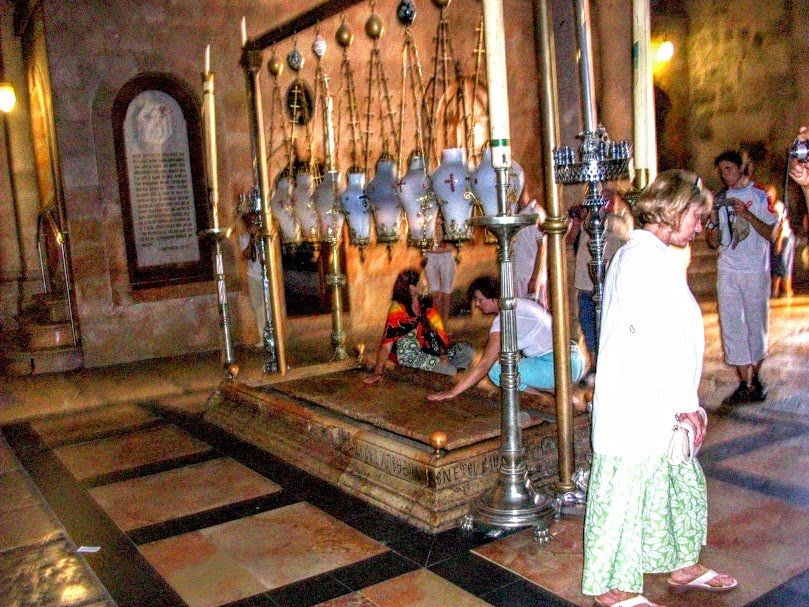
Jerusalem Old City - Church of the Holy Sepulchre
This church was built by Constantine in the 300s and includes both Golgotha - the site of the crucifixion of Jesus and the tomb where he was buried. It is considered by many the holiest pilgrimage site in Christianity. The church is jointly run though a very complex set of rules by the Roman Catholic Church, the Greek Orthodox, the Armenian Apostolic, the Coptic, Syriac, and Ethiopian Orthodox Churches.
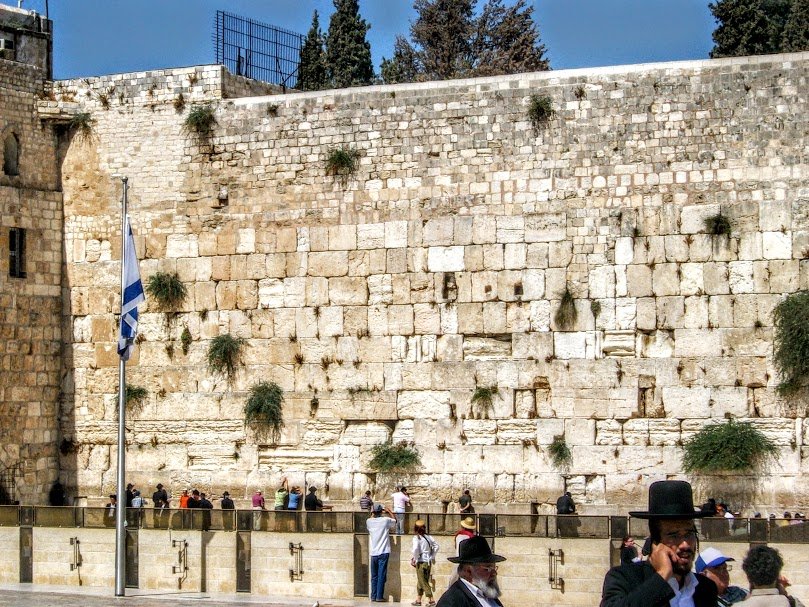
Jerusalem Old City - Western Wailing Wall
It is known as the Western Wall, or the Wailing Wall. It is in fact the retaining wall for the Temple Mount and at one time provided the wall upon which was one side of the Jewish Temple built first by Solomon and then rebuilt by Herod. On the Temple Mount, in place of the Temple is the Dome of the Rock and the Al Aqsa Mosque.
It is known as the Wailing Wall because here Jews mourn the destruction of the Temple. It is a pilgrimage and prayer site for Jews and Christians. Pilgrims come to weep and pray, often places folded paper with their prayers into the crevices of the wall.
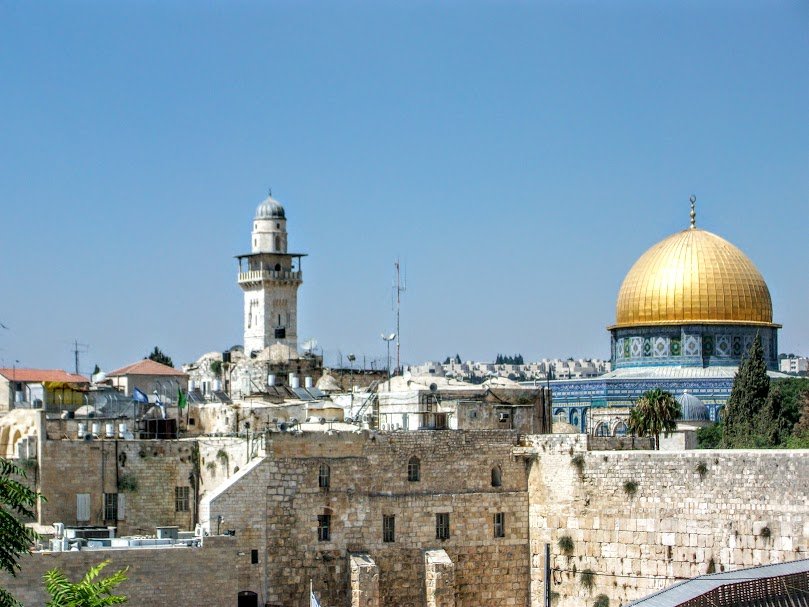
Jerusalem Old City - Temple Mount - Al Aqsa Mosque and Dome of the Rock
The Temple Mount has few vestiges of the Jewish Temple, but is also holy to Muslims and is regarded as where the Prophet Mohammed ascended to heave. The Dome of the Rock and the Al Aqsa Mosque are two of the most holy pilgrimage and religious sites for Muslims.
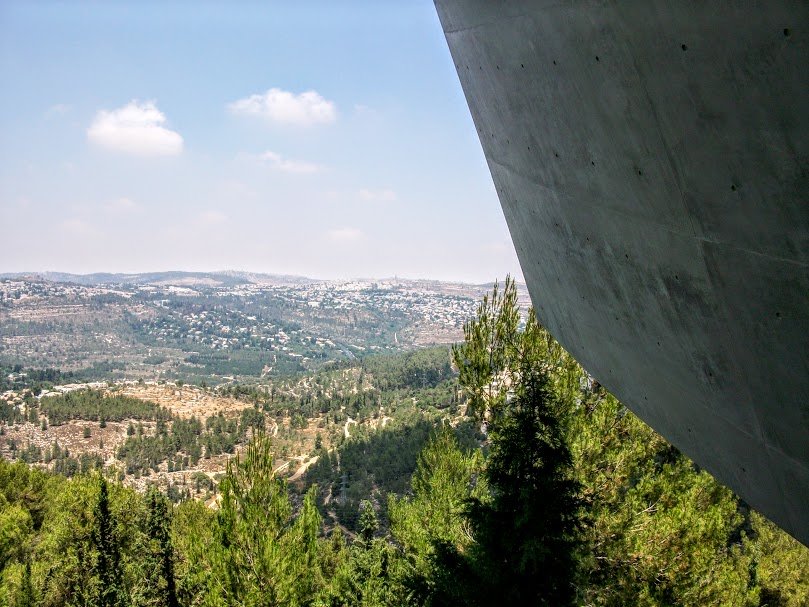
Jerusalm - Vad Yashem Holocaust Museum
Vad Yashem is the Holocaust Remembrance Museum and contains many archives related to the Holocaust. It is located in West Jerusalem on the slope of Mount Hertzl.
